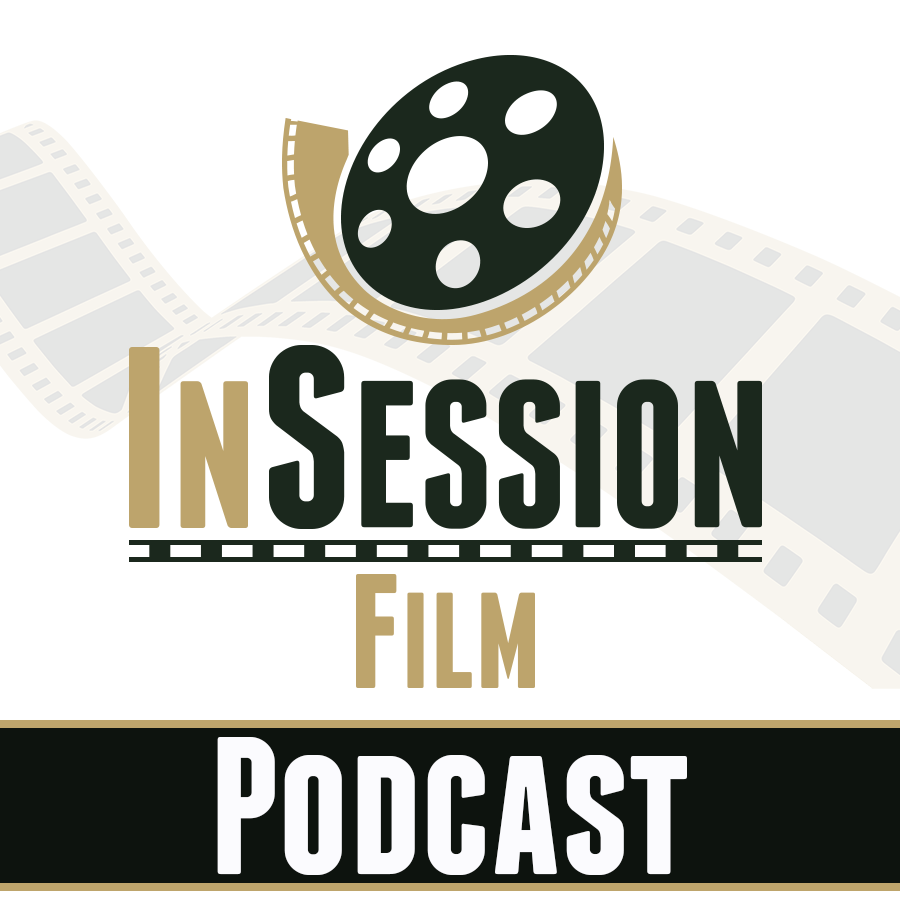Directors: Spenser Cohen and Anna Halberg
Writers: Spenser Cohen and Anna Halberg
Stars: Harriet Slater, Avantika, Jacob Batalon
Synopsis: When a group of friends recklessly violates the sacred rule of Tarot readings, they unknowingly unleash an unspeakable evil trapped within the cursed cards. One by one, they come face to face with fate and end up in a race against death.
Is the horror movie genre washed? Beyond the fun but exhausting Abigail, mainstream horror movies have made nothing other than drawn-out jumpscare festivals this year. Even I couldn’t vibe with The First Omen, which played as a ripoff of far better movies (Zulawski’s Possession, in particular) while filling the screen with endless jumpscares in the process. And as I’ve said repeatedly, nothing is interesting or cinematically exciting about loud noises and a slightly creepy face popping on the screen for two seconds. Sure, it raises the heartbeat, but once you see it coming, it’s hard to elicit any emotional connection with what’s on screen.

And whaddaya know? There’s another jumpscare festival in theaters right now to begin the summer movie season, alongside David Leitch’s The Fall Guy, in Spenser Cohen and Anna Halberg’s Tarot. The fact that the film didn’t screen for the press may be very telling of its quality, but some high-profile movies that ultimately received good reviews also did not screen for the press (in my area), so you never know if it just skipped the market or if it’s truly the disaster the studio think it is. While it may not be the worst movie in the world, it’s also one of the most pointless studio pictures you’ll waste your time on all year.
Who is this movie for? Who will actually find enjoyment in this? Funnily enough, a deadly tarot deck sounds like a potential for something great, especially considering that each main character gets stalked by the astrologer, one by one, Final Destination-style. That’s a recipe for something at least enjoyable, especially in the horror landscape. But the film makes two cardinal mistakes right from the get-go, which ensures it’ll never recover as it progresses toward its finish line.
Mistake #1: The film is rated PG-13. While there are movies where this rating is acceptable, a Tarot card of doom, killing off protagonists through one gratuitous setpiece after another warrants a full-fledged, hard-R rating. Filmmakers Cohen and Halberg continuously cut away from the violence every time something interesting happens, such as a scene set inside a ‘Magician’s Box.’ Paige (Avantika) is kidnapped by a demonic magician and stuck inside a box as the magician prepares his “trick” of sawing her in half. Of course, this is extremely violent, but just as his saw enters the box, the movie cuts away from the scene completely, moving on to another scene and alluding to the audience that something bad has happened.
This completely hinders the film’s pacing and visual style, which is surprisingly more evocative than I would’ve thought. There are some legitimately good compositions here, particularly during a bravura setpiece inside a commuter train – the closest we’ll get to an R-rated kill – where the use of shadows is particularly effective, as Lucas (Wolfgang Novogratz) sees a vision of the astrologer closing in. But it’s not enough to make every major moment pop off the screen because none of the scenes go deep enough in their images, whether from the undercooked creatures the filmmakers introduce or in the gore.

Mistake #2: The protagonists the audience spends time with are pitifully underdeveloped and make inane decisions that no sane human being ever would, even if stuck in their situation. Literally. Everyone who has seen a horror movie knows how shortsighted most protagonists are, but Tarot takes it to another level. For example, Haley (Harriet Slater), the one who has the ability to read Tarot cards, tells Madeline (Humberly González) that she will want to run away from her troubles but should resist when the opportunity arises. When she’s stalked by the astrologer, a stick figure image of her being hanged is drawn on a foggy car window, with the words RUN at the bottom.
Of course, smart audience members know that’s the moment where she resists and does not run. Oh, wait, no, this is a horror movie. She gets out of the car and (predictably) runs to somewhere she probably didn’t want to go. The film is rife with character decisions that completely disregard rationality and logic so they can lead in setpieces filled with cheap jumpscares and gotcha! moments, instead of developing its characters and going beyond the faux-thrills that plague seemingly every mainstream horror movie made these days, devoid of any creativity and soul.
Yes, low-budget horror movies usually make a quick buck in cinemas, and that’s why we get plenty of stuff like Tarot. But we, as a society, deserve far better than this. There wasn’t a single person who reacted strongly to any of the film’s scenes in my audience (other than a joke involving Jacob Batalon’s character that was the only time its audience was vibing with the film), and the muted reactions after the credits roll spoke volumes. Audiences want original horror. They want to be scared and enthralled with images that stick with you so long after the credits have rolled that you can’t sleep at night.
While Tarot is an adaptation of Nicholas Adams’ Horrorscope, its onscreen treatment may definitely feel unique. However, the direction both Cohen and Halberg take from the get-go is so unimaginatively inept that no actor, no matter how talented and skillful they may be (Olwen Fouéré is particularly wasted here), can save it. As an audience member, you can play with the deck and perpetuate more listless, unfulfilling films like these, or choose not to touch it and ensure horror movies have something of value to bring to society again. I’d choose the latter, but since most characters in this film make shortsighted decisions, a sequel will probably be announced in a few days from now. *sigh*





